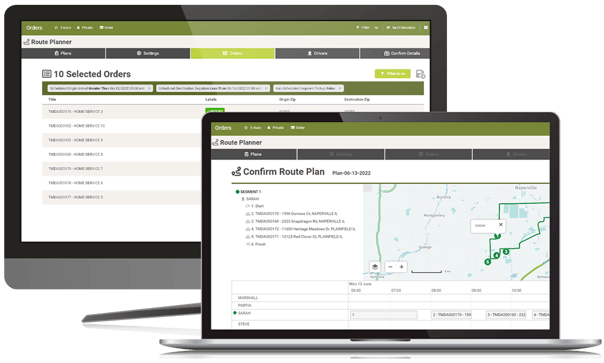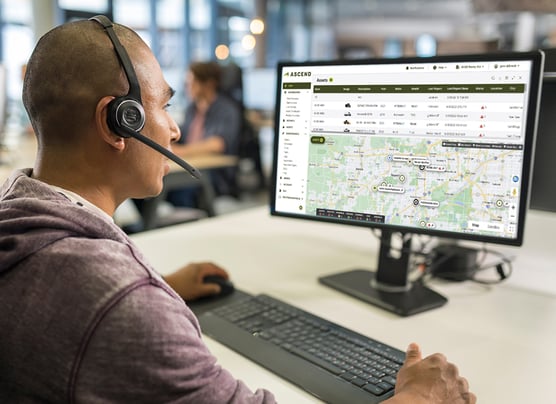While most businesses with fleets of vehicles need to rely heavily on their drivers, they may not do all they can to make those drivers more productive by lessening the number of tasks and responsibilities that fall on their shoulders.
However, that has begun to change as more companies adopt telematics data platforms and discover the data, communications, and automation capabilities built into those systems.
Let’s look at some ways a telematics-enabled data ecosystem helps drivers become more productive – so they can, in turn, help enable favorable business outcomes, including higher profits and improved customer satisfaction.
 Route optimization. A fleet of trucks or vans may need to make a daunting number of daily stops along their collective routes. GPS tracking devices and the software in a telematics data platform can automate the creation and sharing of optimally efficient routes to save drivers’ time, fuel, and wear on the vehicles. This is hardly a new technology, but in this time of high gas prices, it’s an especially valued capability.
Route optimization. A fleet of trucks or vans may need to make a daunting number of daily stops along their collective routes. GPS tracking devices and the software in a telematics data platform can automate the creation and sharing of optimally efficient routes to save drivers’ time, fuel, and wear on the vehicles. This is hardly a new technology, but in this time of high gas prices, it’s an especially valued capability.
 Communications. Many telematics data platforms connect dispatchers to drivers via their mobile devices. With the ability to interact in real time, dispatchers can send destinations and routes to drivers to ensure they arrive at a customer location in the shortest time possible. An app also allows drivers to interact directly with the platform to update their status, access checklists, or complete forms.
Communications. Many telematics data platforms connect dispatchers to drivers via their mobile devices. With the ability to interact in real time, dispatchers can send destinations and routes to drivers to ensure they arrive at a customer location in the shortest time possible. An app also allows drivers to interact directly with the platform to update their status, access checklists, or complete forms.
Inspections. Pre- and post-trip automated digital inspections make it easy to manage vehicle service and routine preventative maintenance. Using the app, maintenance personnel can be dispatched in the event of a breakdown. Those performing the vehicle maintenance, meanwhile, can use the app to capture information that can be incorporated into the vehicle’s service records.
In addition, drivers can use the app to efficiently work through checklists to complete manual inspections and ensure they follow the right processes and procedures when starting their shifts or interacting with customers.
Capture and confirm completed tasks. A driver can upload photos of their work into the app to verify they completed tasks associated with the job. This can prove especially helpful should a customer report that the driver left something unfinished, didn’t clean up when completing the call, or perhaps skipped a step or task that the customer expected to see completed. With an automatically generated record of the driver’s visit, these complaints can be either validated or otherwise resolved.
A Primary Concern
Serving customers – and doing so profitably – is the primary concern for a service manager. With the right telematics data platform in place to automate or simplify tasks that would otherwise fall to drivers to manage and remember, you can make it easier for them to help the business succeed.

